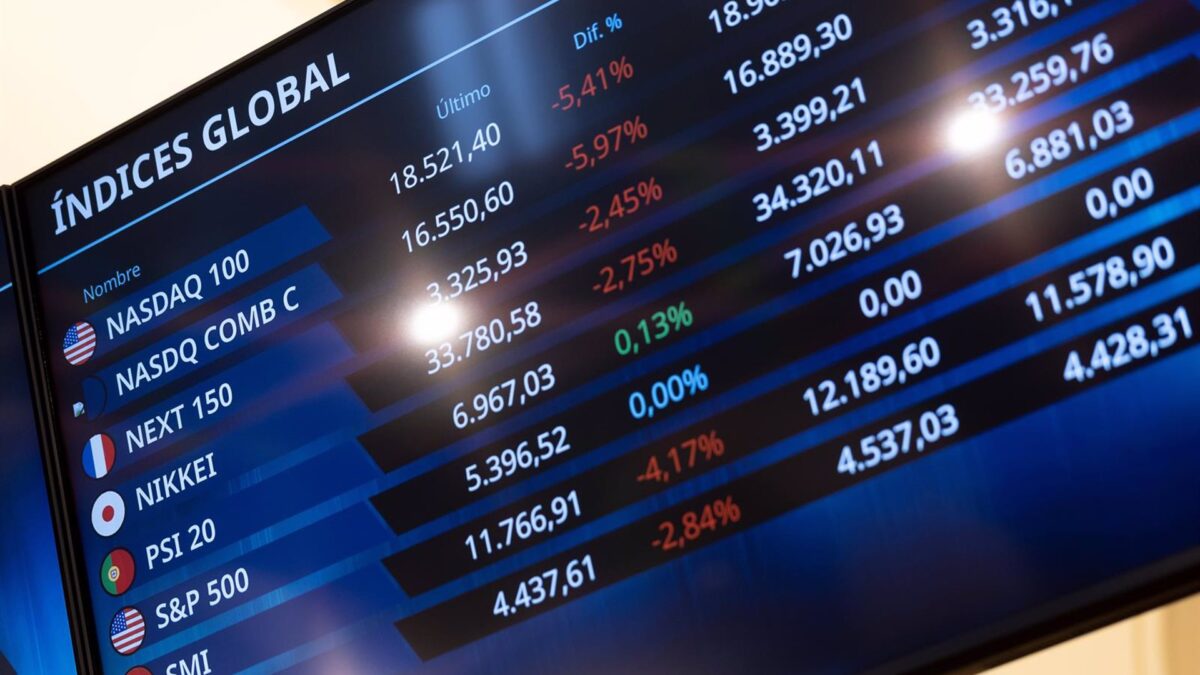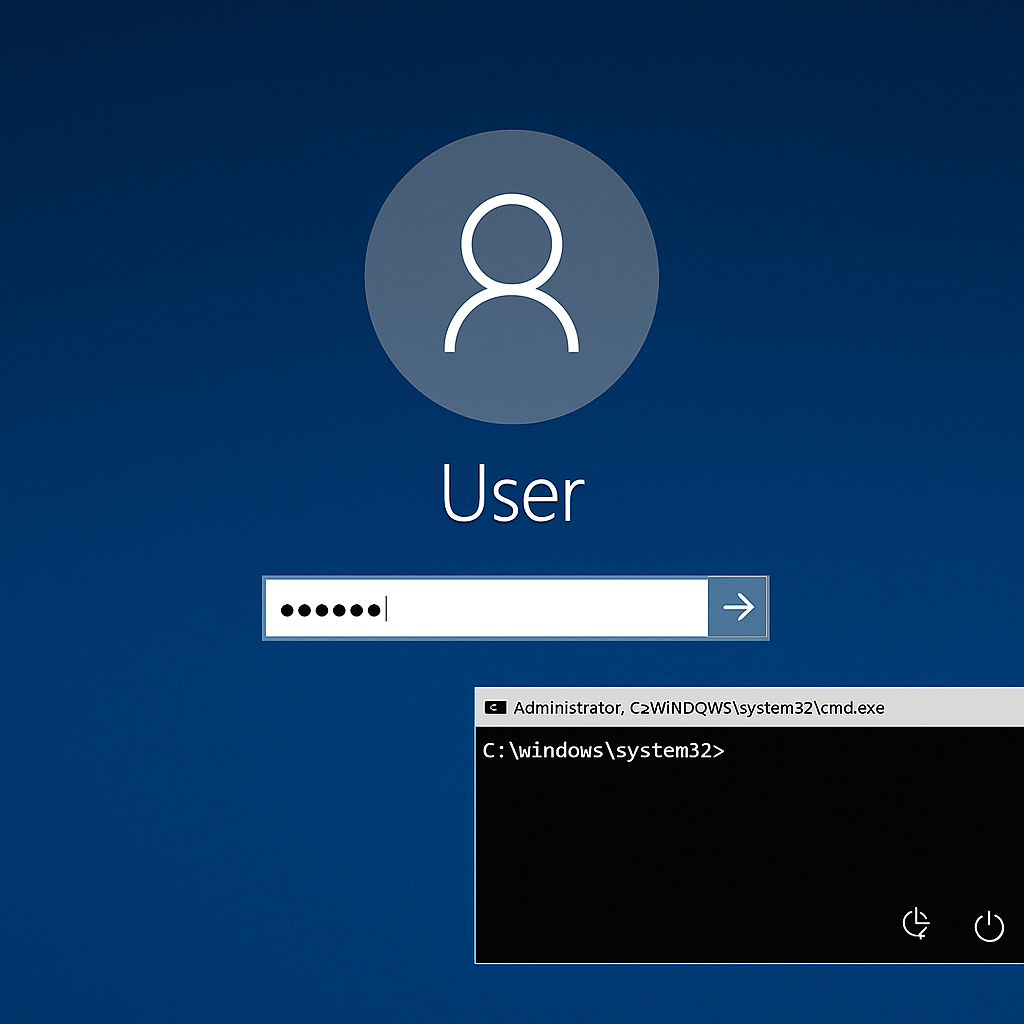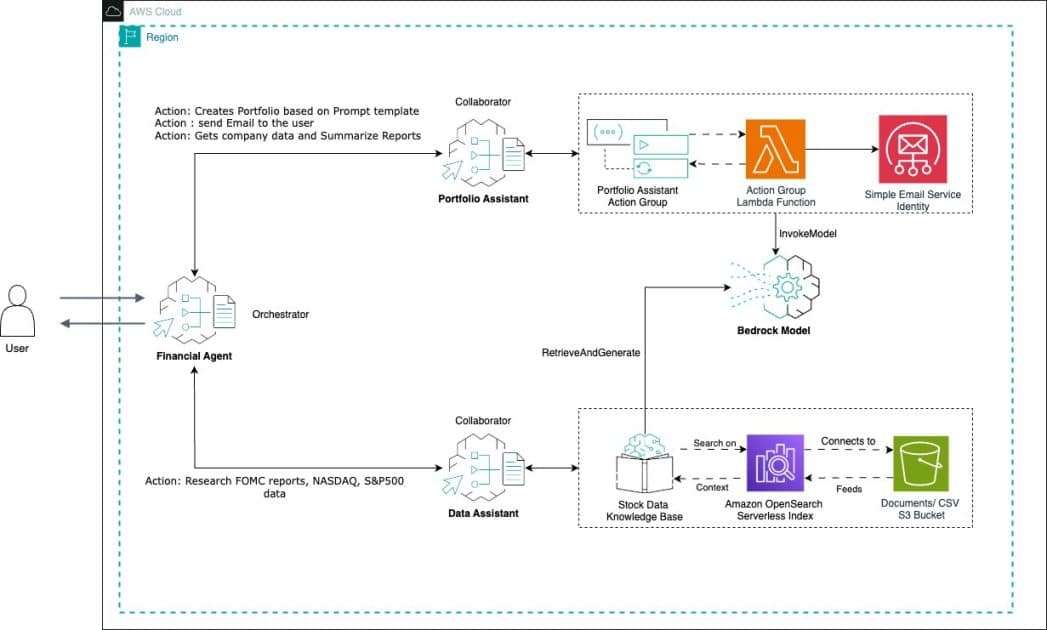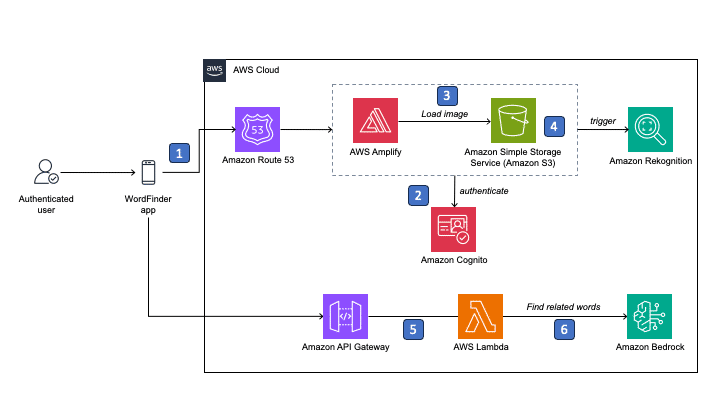B2B Content Marketing: Key Metrics in 2025
B2B marketing is not just about creating great content, but also about intelligently measuring its true impact on the business


Content has become a cornerstone in B2B marketing strategies, making measuring its effectiveness not optional, but a strategic priority. Without clear metrics, it’s impossible to know whether efforts in creating blogs, whitepapers, webinars, or videos are truly driving business results.
According to data from the Marketing Worldwide report by Statista, based on a global survey conducted by Content Marketing Institute and MarketingProfs, B2B marketers are refining their focus on specific measurements to optimize their content investments.
READ ALSO. What are the red tapes at Walmart checkouts? We explain
What are the main metrics used by B2B marketers?
These are the most common metrics B2B marketing professionals use to evaluate content effectiveness:
| Metric | % of B2B marketers using it |
|---|---|
| Conversions | 73% |
| Email engagement (opens, clicks) | 71% |
| Website traffic | 71% |
| On-site engagement (time, interactions) | 69% |
| Social media analytics | 65% |
| Quality of leads generated | 52% |
| Search engine rankings (SEO) | 45% |
| Number of leads generated | 41% |
| Number of email subscribers | 32% |
| Customer or lead acquisition cost | 29% |
Source: Content Marketing Institute; MarketingProfs
Why are conversions the leading metric in B2B content marketing?
73% of B2B marketers measure content success based on conversions. This includes actions such as:
- Filling out a form.
- Requesting a demo.
- Downloading an ebook.
- Scheduling a sales call.
Conversions are the direct bridge between content and business results, and they tangibly demonstrate the impact of marketing on sales and company growth goals.
READ ALSO. Top 10 Marketing Skills for 2025 (According to Global CMOs)
How is email marketing engagement measured?
With 71% adoption, email engagement is another key metric. Marketing professionals measure:
- Open rate: how many people open the emails.
- Click-through rate (CTR): how many click the links.
- Reply rate: in nurturing or follow-up campaigns.
These indicators help understand the quality of the content distributed via email, the relevance of the topics, and audience segmentation.
READ ALSO. How much do companies invest in marketing? Key facts
How important is web traffic in measuring content?
Website traffic, also measured by 71% of B2B marketers, provides a thermometer for content reach. But visits alone are not enough: it’s crucial to analyze:
- Traffic source (organic, paid, social, referral).
- Landing pages: which pieces of content attract the most visits.
- Bounce rate: percentage of users who leave without interacting.
Analyzing web traffic helps optimize SEO strategies, improve content distribution, and strengthen conversion paths.
READ ALSO. What is the Mar-a-Lago accord, Donald Trump’s strategy for the global economy?
Why is it important to measure on-site engagement?
On-site engagement —followed by 69% of marketers— goes beyond simply counting visits. It includes:
- Average time on page.
- Pages viewed per session.
- Clicks on CTAs (Calls to Action) within the content.
- Video views or material downloads.
This type of data helps determine whether the content truly captures audience attention and promotes forward movement in the buying journey.
READ ALSO. 10 Ultimate Tips for Your Content Marketing Strategy in 2025
Social media metrics and B2B content evaluation
Although traditionally thought of as a stronger channel for B2C, 65% of B2B marketers now use social media analytics to measure their content.
Indicators measured include:
- Organic reach.
- Engagement (likes, shares, comments).
- Clicks to the website.
- New followers.
Especially on platforms like LinkedIn, high-value B2B content (such as articles, case studies, and webinars) can generate qualified leads and brand positioning.
READ ALSO. 10 Google tips that are worth their weight in gold for your marketing strategy
Leads: quality vs. quantity
52% of B2B marketers measure lead quality instead of simply counting numbers. This involves evaluating:
- How aligned the lead is with the ideal buyer persona.
- Level of interest and engagement shown.
- Likelihood of conversion into a sales opportunity.
This way, marketing and sales teams can prioritize resources and focus on prospects with higher conversion potential.
READ ALSO. 60 facts about Mexican consumers 2025 according to Statista
SEO in content measurement
Although used by a smaller percentage (45%), search engine optimization (SEO) is a critical metric that marketers consider important in their B2B content strategy.
A good Google ranking ensures:
- Sustained organic traffic.
- User credibility.
- Lower acquisition costs.
B2B marketing: What other indicators complement content measurement?
Other KPIs that complete the picture include:
- Number of leads generated (41%): helps measure acquisition volume.
- Email subscriber count (32%): indicates growth of owned audience.
- Customer or lead acquisition cost (29%): calculates financial efficiency of the strategy.
READ ALSO. The 5 areas where marketing uses more automation (and how to implement it)
How should B2B content success be measured in 2025?
Measuring B2B content in 2025 demands a balanced approach: measuring traffic or likes alone is not enough. It’s essential to connect each piece of content with concrete business results.
5 key recommendations:
- Prioritize conversions and lead quality as main metrics.
- Complement with email, website, and social media engagement.
- Continuously optimize based on real data.
- Integrate SEO into the entire content strategy.
- Calculate acquisition cost to ensure profitability.








































































